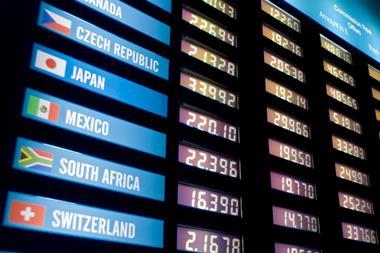Denmark’s biggest commercial pension fund, PFA Pension, saw its overall contributions surge last year as a result of the merger with Bankpension, according to its 2016 annual report released today.
Without the Bankpension inflows, pension contributions at PFA grew 10.7% to DKK31.8bn (€4.3bn) last year, from DKK28.7bn.
Including the DKK22.9bn added as a result of the merger with the labour-market pension fund for the banking sector, 2016 total contributions were DKK54.7bn.
In absolute terms, PFA almost doubled its investment return compared with 2015: assets generated DKK26.5bn in 2016, up from DKK13.6bn in 2015.
In terms of what was paid out to customers, though, the return was broadly flat from last year for people with market-rate pensions, and down year-on-year for those with the traditional average-rate pension product, according to the figures.
The return for market-rate pensions was 6.5% in 2016 compared to 6.7% in 2015, while the average-rate pension return, after value adjustment, was 2.2% – down from 4.1% the year before, PFA reported.
Anders Damgaard, CFO at PFA Pension, said: “Depending on the investment profile and years to retirement, the customers with market-rate pension plans have received a return between 6.5% cent and 8.2% when including CustomerCapital. This is a good return, particularly in the light of inflation in Denmark, which is down to 0.3% per year.”
Damgaard added that PFA was living up to its target of being at the top of the list of returns over a five-year period.
CustomerCapital is the profit-sharing mechanism PFA uses as a mutual company.
Total assets increased to DKK607bn at the end of December, up from DKK545bn 12 months before.
The pension fund said its investment return was mainly attributable to a solid return on bonds as a result of falling interest rates and a narrowing of credit spreads. Corporate bonds and Danish government and mortgage bonds in particular lifted the overall return.
“Traditional listed equities produced a positive return overall, but there were big differences across the market,” PFA said.
Unlisted investments had also contributed positively, it said, adding that this was partly because of the high return on alternative investments, with real estate also contributing.
Interest-rate hedging generated a very high return in 2016, but currency hedging ended the year with a loss, the pension provider reported.










